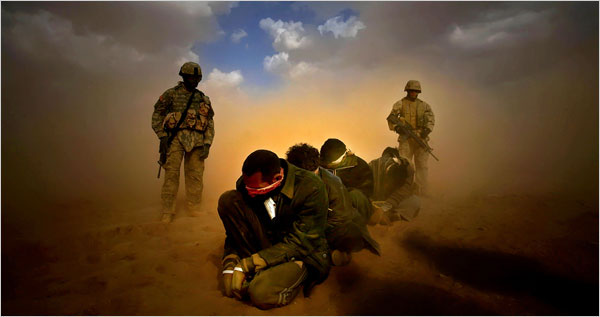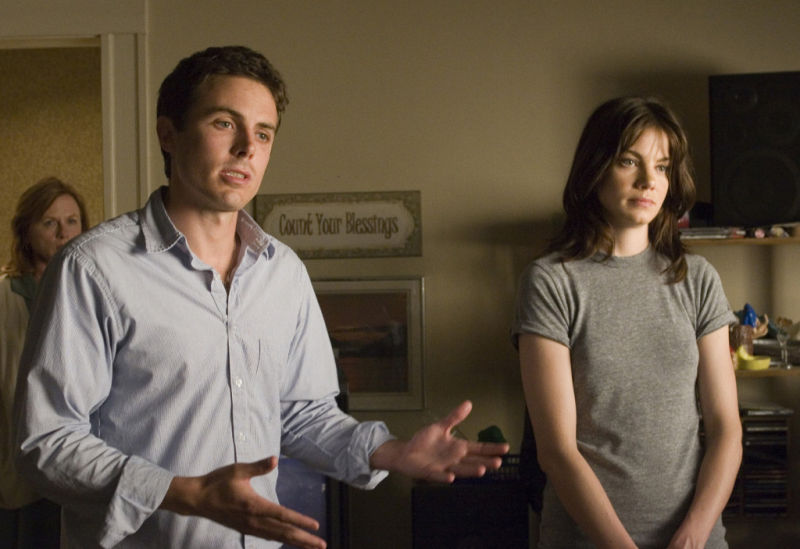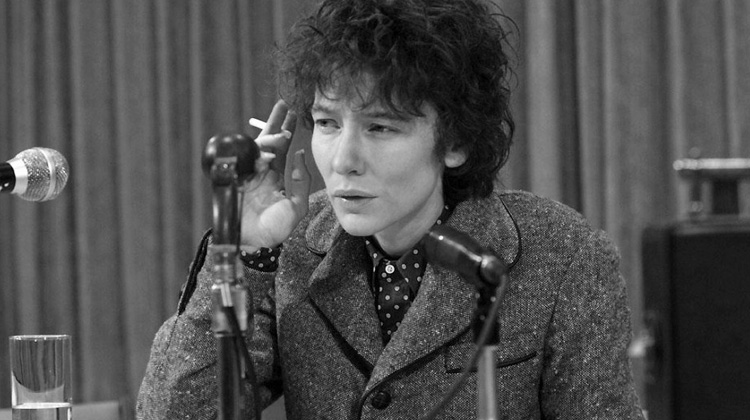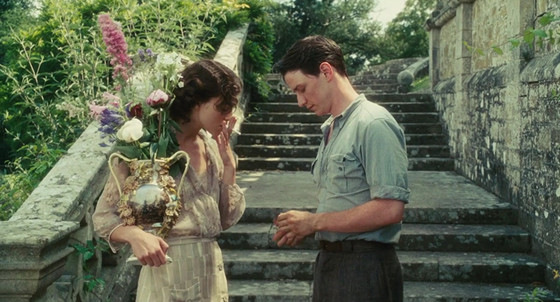14. Juno
A teenager (Ellen Page) gets pregnant and decides to give the child up for adoption. In the months that follow, she gets to know the couple adopting her child. Jason Reitman directs from Diablo Cody’s script which is notoriously marinated in more made-up slang than A Clockwork Orange.
This comedy is stocked with a small cast of ringers. JK Simmons and Allison Janney are Juno’s good-humored parents, Jason Bateman and Jennifer Garner play the couple looking to adopt while Michael Cera-as the teen father- takes the gawksomeness that he had already perfected for comedy and proved that it works just as well for drama. It is Ellen Page, though, who does the heavy lifting as Juno, the precocious young woman who has nine months to prove to herself that she is as smart and strong as she thinks she is.
13. Persepolis
Marjane’s Sartrapi’s autobiography tells her story of growing up in Iran in the years surrounding the Islamic Revolution. When she has the opportunity to escape to Europe to attend school, she finds that freedom isn’t as easy as she thought it might be. Persepolis offers a glimpse of two Irans lost to the west: the post-revolution Iran that is still isolated from America’s influence, and the shah’s Iran that is as lost as the ancient city that gives the film its name.
Satrapi adapted her own graphic novel for the screen with Vincent Paronnaud, bringing the elegant lines and impenetrably inky blacks of the original work to animated life. Her black and white style makes for a visual experience unique in the history of film.
12. Taxi To the Dark Side
In 2002, an Afghani taxi driver named Dilawar is the victim of a false tip given to the US military. He is arrested and after five days of torture, he is dead. Turns out, this was standard operating procedure at the time. Using Dilawar’s seizure and death as a framing device, director Alex Gibney takes us on a tour through the Bush-era foreign policies that made Dilawar’s death so easy.
An innocent man is persecuted for a crime he has never committed while the conspiracy that pursued him goes “all the way to the top.” This is the plot for any number of thrillers made since the Watergate era. Unfortunately for Dilawar- and countless other victims of the combination of greed, arrogance and tribal vendettas that made it all possible-this is life, not fiction.
Taxi to the Dark Side is a damning examination of America’s post 9/11 enthusiasm for torture, a method of interrogation long proven ineffective. “The terrorists are learning the meaning of American justice,” crows President Bush with a total lack of irony.
11. Gone Baby Gone
In the film version of Dennis Lehane’s novel, two detectives (Casey Affleck and Michelle Monaghan) investigate the disappearance of a four-year old girl and the mystery of why, if everyone cares that she’s missing, then why do so many people hope she won’t be found. As with so many great film noirs, the detectives solve mysteries at their own peril shining lights into dark corners that would prefer to stay dark.
With this as his directorial debut, Ben Affleck is not afraid to show the uglier aspects of his beloved home town of Boston. He has a top quality cast (Morgan Freeman, Ed Harrison, Amy Madigan, Titus Welliver), but the great joy of the movie is Amy Ryan as the lost girl’s drug-addled train wreck of a mother. She is an unlikely source of mirth and gallows humor in a movie that’s sole great flaw is its excessive somberness.
10. I’m Not There
Six actors play six characters in six narratives filmed in six styles that add up to the biography of Bob Dylan. None of these characters are named Bob Dylan and the only one that really looks like Bob Dylan is played by Cate Blanchett. We have the hobo tale-teller, the husband distracted by fame, the folkie-turned-Christian, the rocker suffering a vengeful heartbreak, the aging outlaw in a surreal landscape, and the interrogated poet. They are all hiding in their own way, terrified of being revealed, recoiling from the spot light they have lit for themselves.
Writer-director Todd Haynes’ delicately formed mosaic of a movie is as cryptic, disjointed and dreamlike as a Dylan song, and as beautiful and haunting. Strange as Haynes’ exercise in filmmaking is, this may be the only appropriate way to tell Bob Dylan’s story. It may not make sense to most, but then again, the same can be said about the unknowable subject matter whose songs can have as many interpretations as they have listeners.
9. 4 Months, 3 Weeks, 2 Days
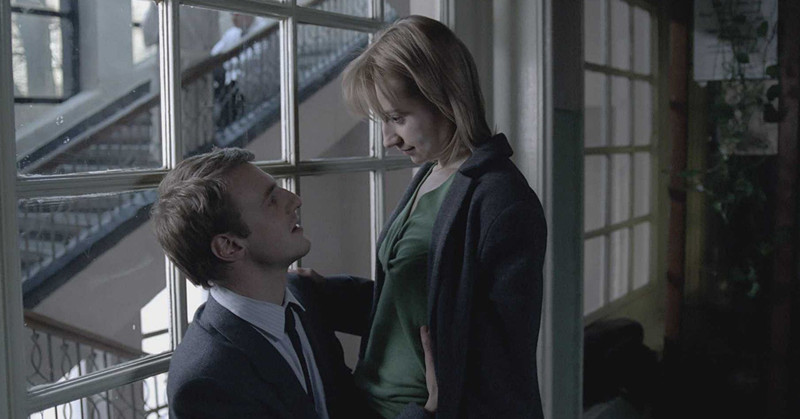
Cristian Mungiu’s film is a slice-of-life episode set in communist era Romania. Otilia is rushing around Bucharest trying to make certain everything goes smoothly for her roommate Gabriela’s black market abortion. The movie does not get into details about who the father is, why she doesn’t want the child, etc. Rather, it is a step-by-step process of how difficult and dangerous it once was to attain such services.
Few movies have less editing in it. Cameras linger on a scene for minutes on end which multiplies the tension leaving the actors no place to hide. This is an unsettling and dreary venture, but it makes for compelling viewing. The most compelling aspect is the performance of Anamaria Marinca as Otilia, desperately dashing from place to place, indignity to indignity in the hopes that her friend will be all right.
Oddly enough this was originally planned to be a comedy, but in a rare instance of a movie going on instead of off the rails, Mungiu realized that the subject might serve better as a nightmarish drama.
8. Atonement
Based on Ian McEwan’s novel of the same name, Atonement explores war, sex, the British class system, and, of course, atonement for one’s sins. A love affair between a young upper class woman and a servant’s son is torn apart when he is accused by her sister Briony of a crime he did not commit.
This epic romance takes us from the idyllic era of between-the-wars England to panicked war-ravaged France and a shelled and shell-shocked London army hospital, as the three protagonists try to get back to a place where things once possible might become possible again.
Wright is a master of the tracking shot, and here he presents one of the greatest of all time: a five and a half minute long tour of the 1940 British evacuation of Dunkirk that employed hundreds of extras. Wright knows how to do brevity as well as length.
As an example: during the war Briony comes to her sister’s flat begging for forgiveness. At one point she glances into the bedroom. The intimacy of the unmarried couple is evident from the crumpled sheets of an unmade bed. The shot is barely a second long, but you can tell from the bed that the sister’s new lower-class existence is a life far more free than life in the manor house.


